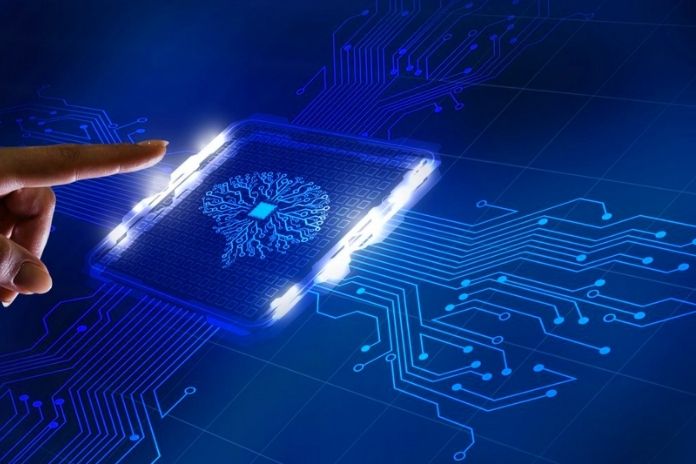What to Consider When Choosing to Create Artificial Intelligence or Buy. No one questions whether an organization can gain competitive advantages through artificial intelligence.
The answer is clear: the benefits are potentially many. But things change when the question is: how to adopt artificial intelligence? And one of the main dilemmas that organizations face in this regard is: create an artificial intelligence from scratch or buy a commercial solution?
Think of Netflix’s sophisticated recommender system, Google’s search engine web crawlers, or personal assistants like Siri and Alexa: is it possible for these organizations to buy an AI marketplace solution?
Probably not. It is easy to see that artificial intelligence is at their core business and is critical to the success of their strategies.
But are all needs of this kind? Neither. For example, for most business needs, AI adoption comes to improve non-core activities, from support areas to operations. Certainly, they compete for success at a strategic level, but not in an essential way.
The most complicated thing is identifying such cases and deciding when it is better to create an artificial intelligence or buy it enough.
Between Creation And Purchase: Some Definitions
What Does It Mean To Create Artificial Intelligence From Scratch?
Creating AI is developing software that applies machine learning models to data. This includes creating and training neural networks, unique and custom algorithms, functionality, etc.
What Is A Turnkey AI Tool?
Buying artificial intelligence is paying for using pre-built and trained software on your data to write the least amount and code possible. Such software comes in a few forms on the market:
Out-Of-The-Box
It’s pre-built software to apply to your data and your business rules. In theory, it does not demand significant technical skills from the organization or extensive technological support from the supplier. Therefore, this type of AI solution does not usually solve complex problems but specific ones.
This solution includes facial recognition or voice access systems, transcription, surveillance systems, and bots responding to product inquiries.
Platforms
A market AI solution can also be a platform that facilitates the creation of custom AI solutions. In this case, it offers a kit of pre-built tools, such as algorithms, for a bespoke application.
The platform must be configured and adapted to business needs using data science. Examples of this platform are those provided by big techs such as Amazon, Google, Microsoft, and IBM.
Support Tools
The support tools encompass all resources you need to solve development problems, whether creating artificial intelligence or buying it.
They encompass data engineering tools to clean and prepare data for use, connect solutions to existing IT systems, and generate reports during the exploration and testing phase.
Deciding To Build Or Buy An AI Solution
Identify The Business Need
There are many AI solutions available on the market, and no doubt, you must be getting a lot of good offers.
It is common to be dazzled by the pure and simple technological and innovative aspect and use this criterion as sufficient value for the business. But not quite.
Adopting your industry and business needs as your first filter will help determine the solution and its priority level for the organization.
Define Which Results You Are Looking For
To decide whether to create an artificial intelligence or adopt a ready-made solution, you need to understand what results you are looking for.
To do this, answer questions such as:
- How strategic and unique is this need for the organization’s success?
- Is it an asset whose intellectual property and control will bring strong competitive advantages to the organization?
- Do you have a return on investment ( ROI ) in sight?
- What is the expected cost of ownership of the solution?
- What are the expected development and implementation times?
- What is the effort and expense of maintenance and support?
Of course, each of these factors weighs differently and should be evaluated in terms of developing an AI and purchasing.
Also Read: What Are The Main Risks Of Artificial Intelligence?

